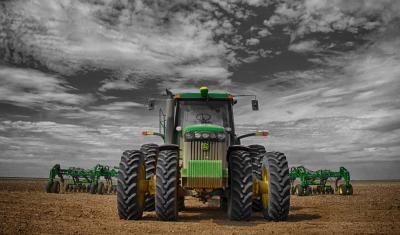C3F: Collaborative Container-based Model Coupling Framework
Solving complex real-world grand challenge problems requires in-depth collaboration of researchers from multiple disciplines. Such collaboration often involves harnessing multiscale and multi-dimensional data and combining models from different fields to simulate systems. However, the progress on this front has been limited mainly due to significant gaps in domain knowledge and tools that are typically employed in silos of the domains. Researchers from different fields face considerable barriers to understanding and reusing each other’s data/models in order to collaborate effectively. For example, in solving the global sustainability problems, researchers from hydrology, climate science, agriculture, and economics need to run their respective models to study different components of the global and local food, energy, and water systems while, at the same time, need to interact with other researchers and integrate the results of one model with another.
The proposed framework is already employed in the DOE-funded Program on Coupled Human and Earth Systems (PCHES) as well as an NSF funded INFEWS project to study the implications of groundwater scarcity for food-energy-water systems. The C3F model coupling framework can be extended to facilitate other model linkages as well. The use of multiple containers enhances both the reproducibility of modeling studies, and the modularity of the multi-model framework compared to previous work.
We have developed C3F, a flexible collaborative model coupling framework to help researchers accelerate their model integration and linking efforts by leveraging advanced cyberinfrastructures such as high-performance computing and virtual containers. In this paper, we describe our experience and lessons learned in developing this cyberinfrastructure solution to support the linking of Water Balance Model (WBM) and SIMPLE-G agricultural economic model. Developing this kind of model coupling workflow calls for (1) a large amount of data being processed and exchanged across domains and organizations, (2) identifying and processing the output of one model to make it ready for integration into another model, (3) controlling the workflow dynamically so that it runs until a certain convergence condition or other criteria is met, and (4) close collaboration among the modelers to explore, tune, and test the configuration and data transformation needed to link the models.

